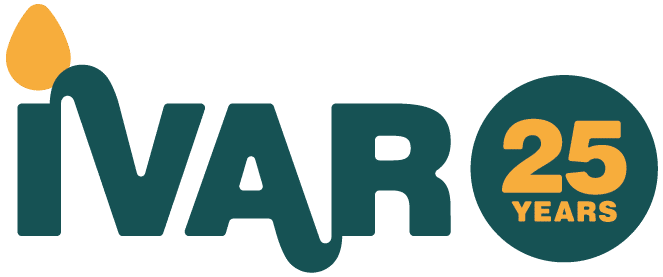
Working in communities
Explore the benefits of community-based initiatives, and how to support them.
Why work in communities?
Place is important
Despite rapid changes in the economy, in technology and in the way we relate to each other, place is important to people, especially many of those in disadvantaged areas – people who have been left behind by the pace of change.
Power is collective
People benefit from working together to identify common issues, to find ways of addressing them together and to be heard by the state, businesses and others whose decisions influence their lives.
Community matters
People benefit from drawing on connections with members of groups and communities they identify with, in order to have the confidence to get involved and take action in the place where they live.
Building on assets
‘Community assets‘ enhance the services that organisations or groups provide in their local area. Some residents we worked with defined assets as:
People

People
Their skills, knowledge and relationships
Pride

Pride
The history and character that makes the area special
Hope

Hope
The imagination and enterprise of local people to make things happen
Services, facilities and amenities

Services, facilities and amenities
Getting the most from these for local people
Success factors for acquiring and managing community assets
For organisations:
- Physical factors: Ensure the asset is fit for purpose. Always get a professional survey and independent advice.
- Strategic approach: Recognise interdependence with other public, private and voluntary sector organisations and is able to establish effective relationships with other partners, e.g. local authorities.
- Financial sustainability: Include time for staged growth and development and fit-for-purpose external investment.
- Effective governance: Be clear about role, function and community buy-in, with adequate democratic control.
- Capacity and leadership within the community: Build on a history of voluntary and community action.
In some cases:
- Temporary measures: If an organisation needs time to assemble finance and stakeholder support it may be possible to consider intermediary vehicles or holding structures to take care of the asset in the interim.
- Alternative models: It might be that an organisation does not need to take full ownership of the asset and could consider alternative arrangements, for example, licence, rental or part-buy mechanisms.
For policy makers:
- Brokerage and technical aid: Provide high quality, long-term brokerage and technical aid. Develop a strategy for streamlining and expanding access to brokerage and other skills.
- Sign posting: Map support available to community organisations who control or are acquiring assets.
- Guidance and tools: Ensure that the relevant guidance and support is available for communities to be able to assess the suitability of an asset and reasonably estimate any maintenance and repair costs.
- Mapping: Undertake regular field surveys to enhance understanding of local community assets and inform appropriate policies.
- Conditions of use: If an asset is part-controlled by a local authority, ensure that conditions of use and development do not constrain community use.




